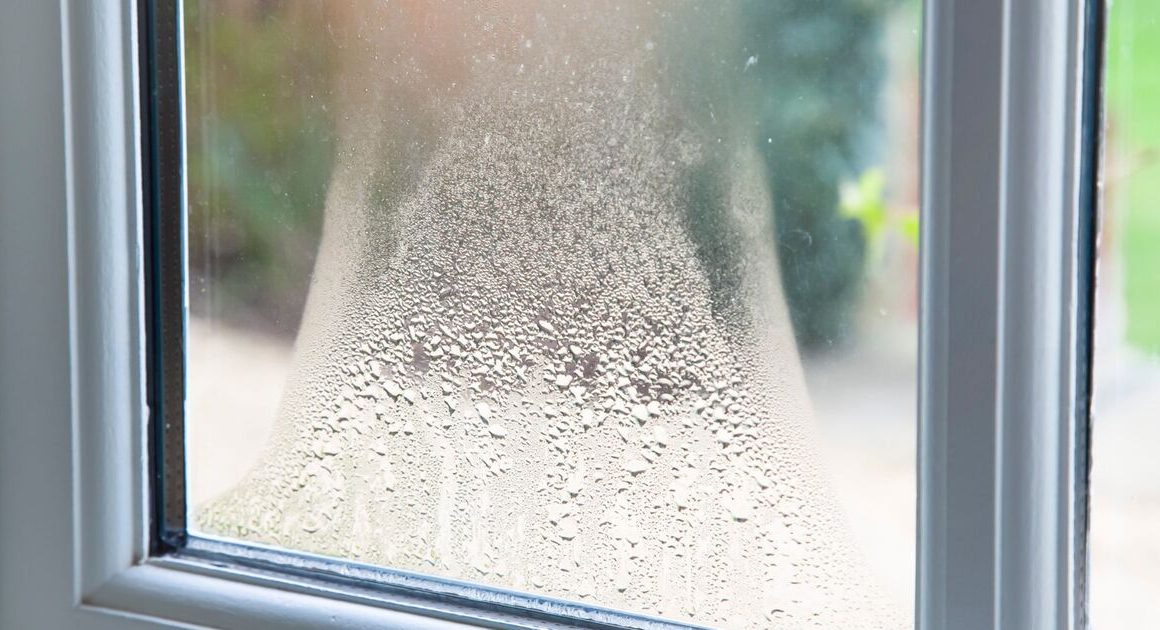After summer, lawns can look a little worse for wear, especially if the temperatures have been unusually high, or if the grass has been exposed to direct sunshine.
Luckily, there are a few simple steps you can follow to get your grass back in shape and ready for the colder months.
But before you jump into action, there’s one important thing you might be overlooking that could make all the difference.
Leonardo and Domenico, gardening experts from Airtasker, recommend going a step further by testing your soil’s pH.
They said: “Not many people realise this is such a key step, but we always recommend testing soil pH and making any adjustments to ensure it’s within the ideal range for grass growth.
“Grass needs nutrients like nitrogen, phosphorus and potassium in order to grow well.”
Explaining the science behind this important task, the experts stated: “If the soil pH is too acidic or too alkaline, it can block these nutrients from being absorbed by the grass roots, resulting in poor growth and a patchy lawn.
“Note that the ideal range is typically somewhere between 6.0 and 7.5.
“If your soil pH is too low it’s a good idea to add lime or wood ash to raise it.
“If you run the tests and if it’s too high, add organic materials such as sulphur or aluminium sulphate.”
By preparing your soil at the end of summer, you set yourself up for success when it comes to reseeding or laying new turf by late September or October, as early autumn offers ideal growing conditions.
Even if you’re not planning to reseed or lay new turf, this is still a great time to tackle ongoing lawn problems.
Aerate to reduce compaction, top dress to encourage healthier growth, or focus on weed control and pest management to keep your lawn in top shape heading into autumn.










